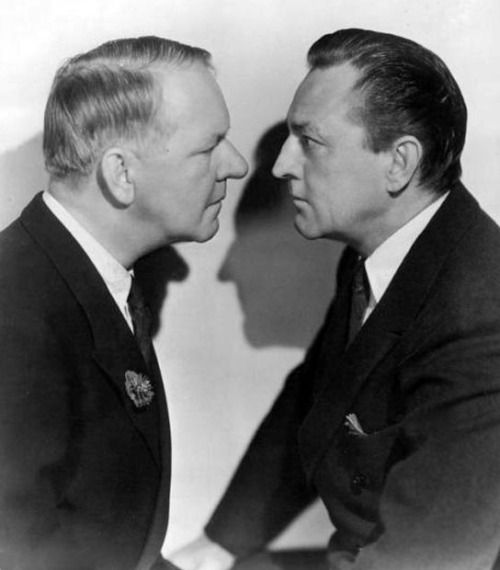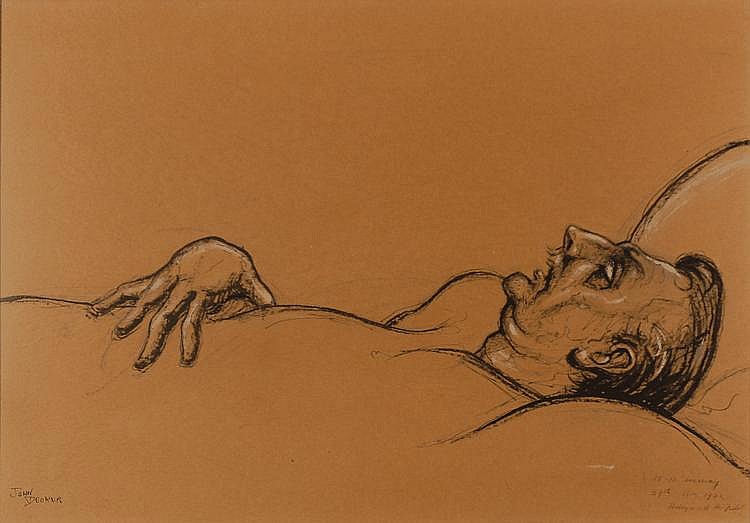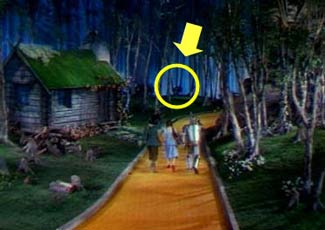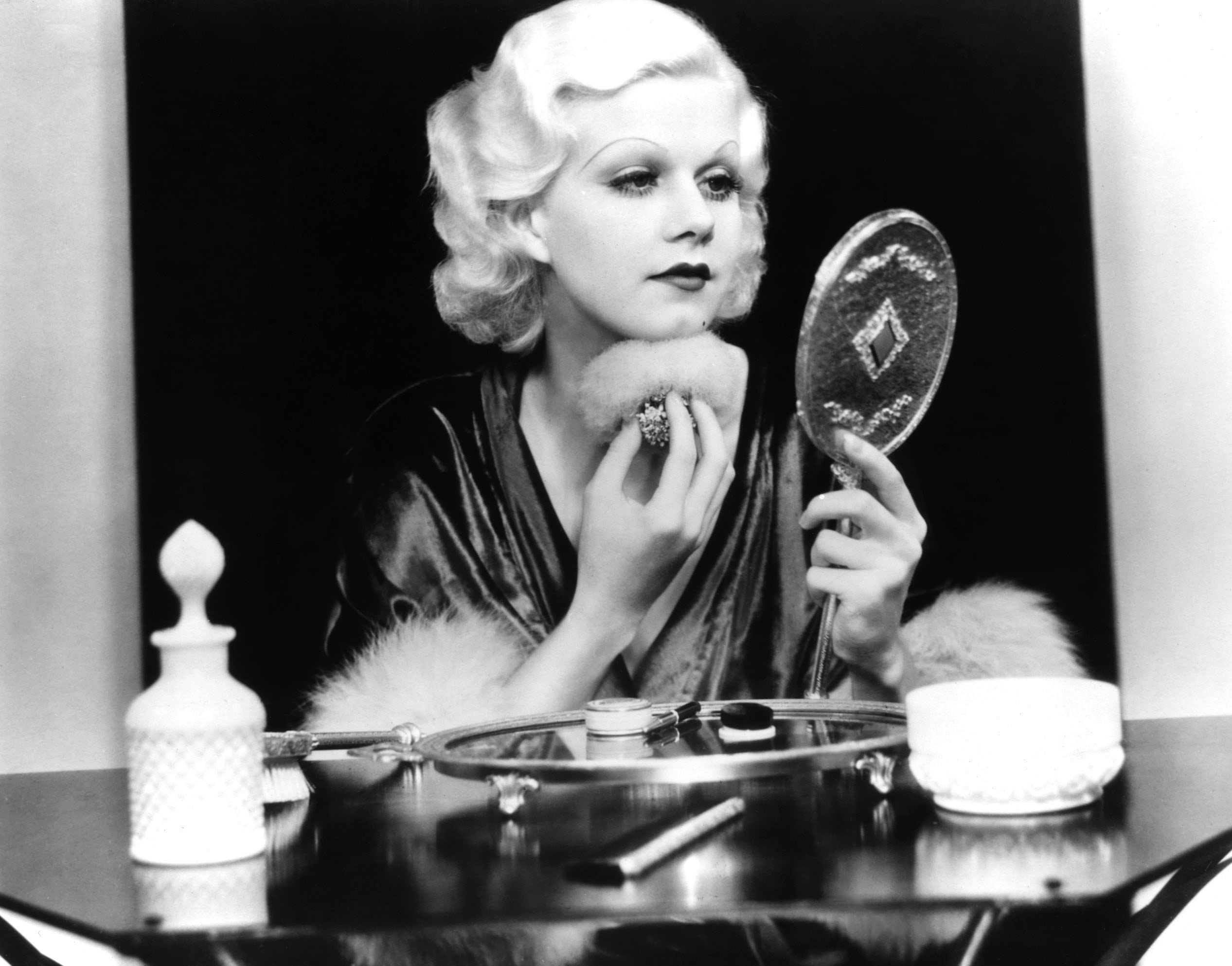In Classic Hollywood Myths we take a look at all the myths about the Golden Age of Hollywood. What really happened? Are these ‘urban legends’ true or false? Classic Hollywood Central looks into it!
Myth: John Barrymore’s friends, also known as ‘The Bundy Drive Boys’, stole his corpse to have one more night of fun with him before laying him to rest.
It’s a tale that sounds too farfetched to be true, but then again these were men who loved going against the grain. They called themselves ‘The Bundy Drive Boys’: actors John Barrymore, Errol Flynn, W.C. Fields, director Raoul Walsh, painter John Decker, journalist Gene Fowler and art critic Sadakichi Hartmann. The house on Bundy Drive where they would meet-up belonged to Decker and he had the words ‘Useless. Insignificant. Poetic’ sketched on its entranceway. Which would probably be the way these men would have described themselves. They had a lot of things in common: troubled childhoods, issues with women and rampant alcoholism. But they were also dedicated artists, wildly talented and wickedly funny. Added additions were people like actor Anthony Quinn, John Carradine, Roland Young, Thomas Mitchell, Alan Mowbray and writer Ben Hecht. Anthony Quinn was reportedly popular because he had the same blood type as Barrymore and Decker and would be counted upon for blood transfusions after months of binge drinking.

According to reports they made the Rat Pack ‘look like boy scouts’. These men were mostly nearing the end of their careers, due to their personal problems, and they lived like there was no tomorrow. They drank, joked, talked, played pranks on each other and even recited Shakespeare (cutting out the boring parts) during their get-togethers at Bundy Drive. Some of their family members weren’t too happy with this crew, since they enabled each other’s behavior. John Barrymore especially was an idol to a lot of the men in the group. So when he collapsed in May of 1942 and was taken to the hospital one last time, the men were devastated. Most of them visited Barrymore at his deathbed, except for W.C. Fields who sent him a note saying ‘You can’t do this to me’. John Decker even made a drawing of his dear friend on his deathbed.

According to legend, the men wanted to create one more prank after John Barrymore’s death. The first reference to this story is in Errol Flynn’s autobiography from 1959. He claims that director Raoul Walsh and two friends convinced the caretaker of the morgue to let them take the body for a few hours, with a story about ‘a housebound old aunt who wanted a final look at her beloved nephew’ and a $200 bribe. They took Barrymore’s body to Flynn’s house, sat him in his beloved chair and turned off the lights. When Flynn came home and saw his deceased friend’s body in his living room, he ‘let out a delirious scream’ and ran out the house. He ran into his laughing friends who told him it was ‘a gag’. They returned the body and Flynn admitted to having a rough, sleepless night. Walsh recounted the story in his autobiography in the 70’s in a similar fashion, though in his story it was Flynn’s butler who helped him prop the body up in a chair after Walsh had told him that John had simply had too much to drink. The story has changed as time went on. It’s been said that the men sat John at their poker table to have one last game with him and even that they took him out to party. Whatever the case, the story is so legendary that it reportedly inspired the famous movie Weekend at Bernie’s.
True or False?
Undecided, but most likely false. According to Gene Fowler’s son, him and his father sat vigil besides Barrymore’s body the entire night and nobody took the body anywhere. Gregory William Mank, author of the only biography on the Bundy Drive Boys, finds Fowler’s claim ‘far more credible’ than Flynn’s or Walsh’s. These two men tended to take creative license when it came to a good story and this was probably their way of keeping their hero Barrymore alive. Nobody had heard of this pretty outlandish tale until Flynn’s book, despite these men being prolific storytellers. The inconsistency in Walsh’ story also points to false: Barrymore was said to have looked awful after 11 days on his deathbed and after a day at the morgue, there is very little chance that a butler would believe that Barrymore was still alive and had ‘too much to drink’. Though it does make for a good story.
In August 2020 John’s granddaughter actress Drew Barrymore was asked in an interview if it is true that Errol Flynn and W.C. Fields dug up the body of her grandfather and brought it to a poker game. ‘They did!’ she said. ‘I hope my friends do the same for me.’ Though it’s very possible that this myth has made its way into Barrymore family lore, that version of the story is simply false. The sources that were the origin of this story in the first place, Flynn and Walsh’ autobiographies, make no mention of a poker game, digging up the body or W.C. Fields being involved.
Though we’ll never know for sure, the most likely scenario is that Flynn made this story up as an homage to his old friend and Walsh liked it and ran with it. The rest is a tale as old as time: a story is told so many times, it’s taken on a life of its own. Through this, it has inspired many books and movies (Like Blake Edwards’ S.O.B.) and it continues to entertain people.



